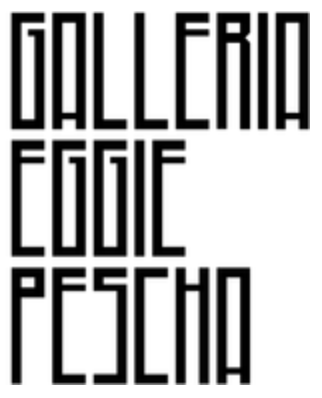THE AMEN INSTITUTE FELLOWSHIP
During my fellowship with the Amen Institute I embarked on the challenge of creating artwork inspired by the final chapter of the Tanach/Old Testament, V’zot Habrecha. The title of the Parsha translates to “and this is a blessing”. It begins with Moshe/Moses blessing the tribes. God informs Moshe that he will not enter the Promised Land, leaving Joshua with the monumental task of leading the Israelites into the land. Moshe accepts Gods succession plan and places his hands on Joshua giving him his blessing. The chapter ends with Moshes death.
COMING SOON
Bring Them Home Now
Moses’ blessing of Joshua imparts the ability to envision a future that Moses himself will not witness or directly experience. Leadership, at its core, involves affirming the future and understanding that our most cherished aspirations may come to fruition through those who follow in our footsteps.
I chose to depict Moses’ blessing of Joshua within a pool of water. This choice is rooted in Midrash, drawing a connection between the Hebrew words “ברכה” (blessing) and “בריכה” (pool). A blessing is often compared to purifying waters.
In our prayers, we frequently refer to God as “ברוך” (blessed). The Rashba, in his Midrash, explains that God is the source of all blessings, and receiving a blessing from God is like being cleansed in a pool of water. This imagery evokes the laws of ritual purity, where immersion in water purifies the unclean. But beyond that, it also symbolizes renewal and rejuvenation.
A pool of water in the desert can then be likened to a ritual bath or *mikvah*. The root of the word mikvah is tikvah or "hope." The title of my painting, *Bring Them Home—Now*, reflects this hope. Just as Moses blessed Joshua to safely lead the Israelites to the Promised Land, this painting carries the hope of returning the remaining hostages home to their loved ones.
Tzimtzum
V’zot Habracha concludes the annual Torah cycle, immediately preceding Bereshet (Genesis) and the two parshiyot are read together annually on the holiday of Simcha Torah. In the Genesis story of creation we encounter the Kabbalistic concept of Tzimtzum—the withdrawal/contraction of God to allow for human free will. My artwork metaphorically portrays God's withdrawal from Moses ("never again did there arise in all of Israel a prophet like Moses, whom God singled out face to face") and Moses' own withdrawal as his protege Joshua prepares to lead. With this painting i try to imagine the emotions of both Moshe and Joshua as they realize their fates.
Last Simcha Torah coincided with the tragic events of October 7th, echoing yet another cycle - the recurring tragedies faced by the Jewish people ("in every generation they rise up against us to destroy us"). This raises profound questions about God's absence during human actions and the consequences of free will in these tragedies.




